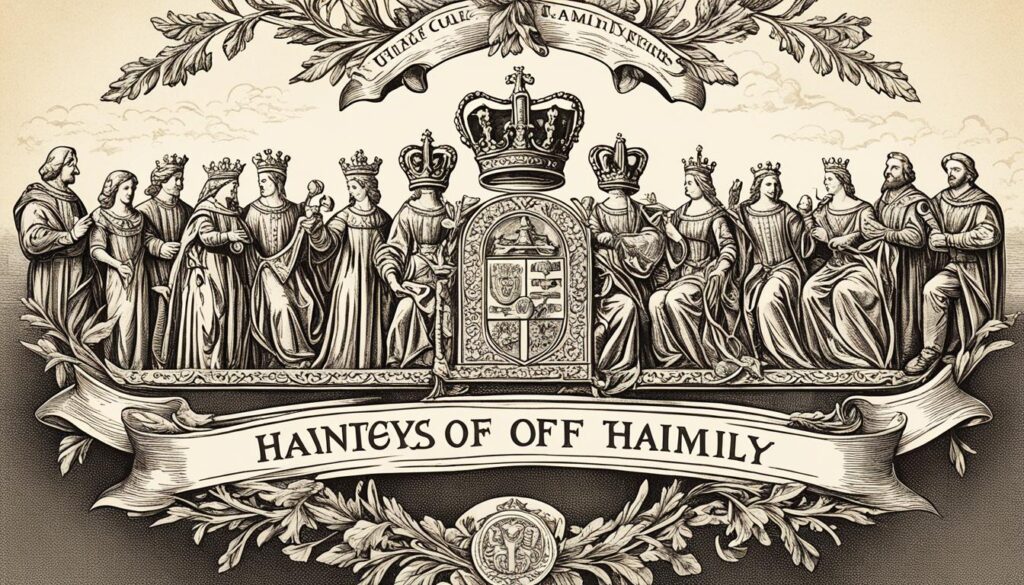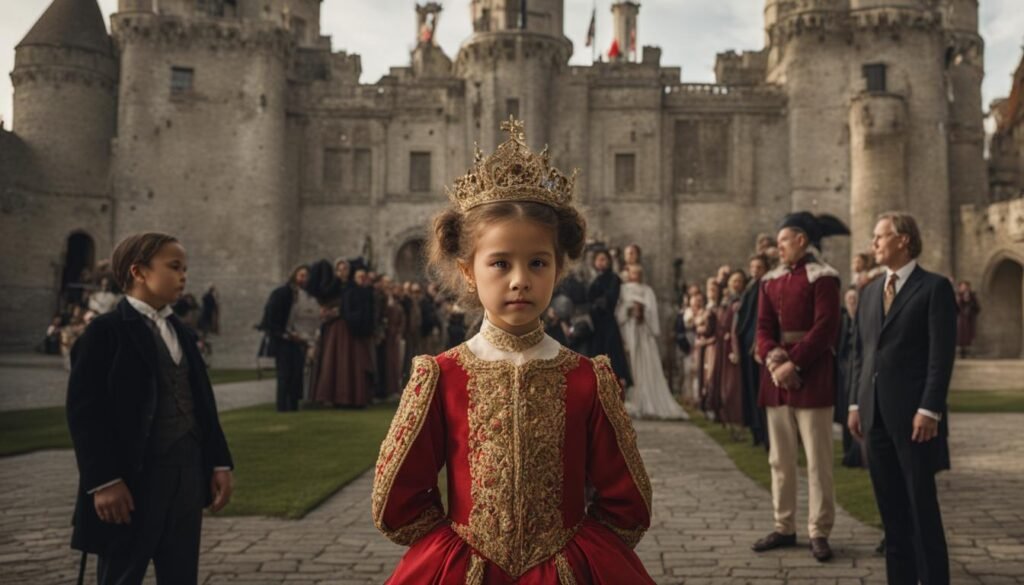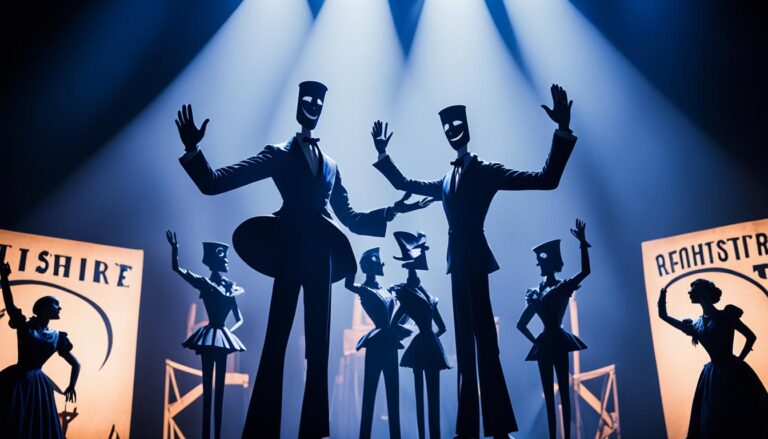What is a Duke’s Daughter Called?
In the British peerage system, a Duke’s daughter is referred to as “Lady” followed by her first name and last name. This courtesy title is used to indicate her noble status within the aristocracy. The title of “Lady” is not a substantive title and does not hold the same legal significance as a peerage title. The use of courtesy titles is a matter of family tradition and is only granted to specific family members of a peer.
Key Takeaways:
- A Duke’s daughter is called “Lady” followed by her first name and last name in the British peerage system.
- The title of “Lady” is a courtesy title and does not hold the same legal significance as a peerage title.
- Courtesy titles are a matter of family tradition and are only granted to specific family members of a peer.
- The use of courtesy titles indicates noble status within the aristocracy.
- The choice of a courtesy title depends on the family’s established naming conventions and preferences.
Courtesy Titles in the British Peerage System
In the British peerage system, there are various courtesy titles used for children and close relatives of peers. These titles are bestowed as a mark of respect and do not carry the same legal significance as substantive peerage titles.
One type of courtesy title is granted to the eldest son of a peer belonging to the top three ranks, namely duke, marquess, or earl. This title, known as a courtesy title, allows the eldest son to use one of his father’s lesser titles. However, it is important to note that the eldest son does not hold the substantive peerage title but uses it as a mark of courtesy.
The eldest son of the eldest son of a duke or marquess may use an even lower courtesy title. These titles are typically inherited within the family and are used to acknowledge the individual’s position within the peerage hierarchy.
It is worth mentioning that only the heir apparent and their direct descendants are permitted to use courtesy titles. This practice ensures that the proper hierarchy is maintained within the British peerage system.
Benefits of Courtesy Titles
Courtesy titles carry certain benefits and privileges within the British aristocracy. They signify the individual’s social status, highlighting their noble lineage and connection to the peerage. These titles often come with a certain level of prestige and can open doors to various social circles and opportunities.
While courtesy titles do not hold the same legal weight as substantive peerage titles, they hold significance within the context of social rank and status. They reflect the rich history and traditions of the British peerage system, which remains an integral part of the country’s cultural heritage.
| Courtesy Titles | Eligibility |
|---|---|
| Duke | Heir apparent and direct descendants |
| Marquess | Heir apparent and direct descendants |
| Earl | Heir apparent and direct descendants |
The table above provides an overview of the eligibility criteria for courtesy titles based on the top three ranks in the British peerage system.
The image above depicts the hierarchical structure of the British peerage system, showcasing the different ranks and statuses within the aristocracy.
Choosing a Courtesy Peer’s Title
In the British peerage system, the selection of a courtesy peer’s title is a deeply rooted family tradition, reflecting the family’s values and preferences. This title, used to address the heir apparent or designated family member of a peer, may differ from the actual peerage title held by the father.
For instance, let’s consider the Duke of Buccleuch and Queensberry, who also holds the title of Marquess of Dumfriesshire. The eldest son of the Duke is styled “Earl of Dalkeith” as his courtesy peer’s title, in accordance with the established naming conventions and preferences of the family.
This deliberate choice of a specific noble title for the courtesy peer’s title highlights the importance of maintaining family traditions while navigating the complexities of the British peerage system.

Quoting an Expert
“The choice of a courtesy peer’s title is an integral part of upholding family heritage and pride. It allows for the continuation of long-standing noble traditions while recognizing the individuality of each family member.”
Wives and Courtesy Titles
Wives of peers hold a unique position within the British aristocracy, and they are entitled to use the feminine form of their husband’s courtesy titles. This tradition signifies their high social standing and noble status. For example, if the husband holds the courtesy title of Earl of Arundel, his wife would be styled as the “Countess of Arundel.” It is important to note that the wife’s courtesy title does not carry the same legal significance as a substantive peerage title, but it holds great prestige and respect within the noble circles.
“The use of courtesy titles by wives is deeply rooted in tradition and etiquette. It reflects the honor and respect accorded to the esteemed position of peers and their families,” said Lady Catherine Worthington, a renowned authority on noble titles.
This centuries-old custom acknowledges the importance of the role played by wives in supporting their husbands’ social responsibilities and obligations. It also aligns with the patriarchal nature of the British peerage system, where wives are recognized through their association with their husbands’ titles.
Throughout history, these courtesy titles have exemplified the intricate social hierarchy and the values upheld by the aristocracy. They have become an essential part of noble etiquette and identity, symbolizing the grandeur and heritage associated with noble families.
The use of courtesy titles for wives serves as a visual representation of their connection to their husbands’ status and nobility. It is a testament to the enduring traditions that have shaped the British peerage system and continues to be embraced today.
The Significance of Courtesy Titles for Wives
While the wife’s courtesy title does not hold the same legal weight as a substantive peerage title, it carries a significant social distinction. It confers prestige, respect, and recognition within aristocratic circles, providing wives with an elevated social status and an integral role within their families and communities.
This tradition also emphasizes the importance of lineage and heritage in the realm of noble titles. By addressing wives with courtesy titles, it reinforces the noble lineage and the continuation of familial traditions, ensuring the preservation of the aristocratic heritage for future generations.
Etiquette and Elegance in Addressing Wives
When addressing wives with courtesy titles, proper etiquette suggests using their formal title, followed by their first name. For example, “Countess Jane” or “Lady Catherine.” This demonstrates respect and acknowledges their noble status while maintaining a sense of familiarity. It reflects the fine balance between formality and intimacy observed in aristocratic circles.
The use of courtesy titles for wives also extends to correspondence and formal occasions. It is customary to address letters and invitations to the wife using her courtesy title, followed by her husband’s full name and title.
Courtesy Styles for Relatives and Officials
In addition to children and close relatives of peers, courtesy titles are also granted to other individuals, including officials and members of the Scottish gentry. These titles are used as a form of address, acknowledging their position and status within the social hierarchy. The specific courtesy style used depends on the individual’s role and their relationship to the peer.
For instance, judges may be granted courtesy titles to honor their role in the judicial system. These titles reflect the respect and authority they hold in the legal field. Similarly, members of the Scottish gentry, who are part of the landowning nobility in Scotland, may receive courtesy titles as a mark of their standing in society.
“The granting of courtesy titles to officials and members of the Scottish gentry is a longstanding tradition that recognizes their contributions and signifies their place in the social order,” said Lady Elizabeth Johnston, a renowned historian of British nobility.
Here is an example of how courtesy titles can be used for relatives and officials:
| Relationship | Courtesy Title |
|---|---|
| Judge | The Honorable [First Name] [Last Name] |
| Scottish Gentry | Sir [First Name] [Last Name] |
| Other close relatives | [Relationship]’s [Courtesy Title] |
The table above illustrates some examples of courtesy titles based on the individual’s relationship and position.
By bestowing these courtesy titles, the peerage system recognizes the contributions and importance of these individuals within their respective fields and social circles.
Adoption and Courtesy Titles
Until 2004, children who were adopted by peers did not have any rights to courtesy titles. However, a Royal Warrant in 2004 changed this, and now adopted children of peers are automatically entitled to the same styles and courtesy titles as their siblings. However, adopted children cannot inherit peerages from their parents. Their courtesy titles do not hold the same legal significance as substantive peerage titles.
Adoption in the context of the British peerage raises unique considerations regarding the transmission of titles and inheritance. While adopted children are granted courtesy titles to reflect their status within the peerage system, these titles do not confer the same rights and privileges as substantive peerage titles.
The establishment of courtesy titles for adopted children aligns with the broader evolution of adoption laws and practices within society. It recognizes the importance of acknowledging and including adopted children within their adopted family’s social status and legacy.
| Key Considerations | Implications |
|---|---|
| Adoption and Peerage Inheritance | Adopted children cannot inherit peerages from their parents. Inheritance of peerage titles is typically limited to biological or legitimate descendants. |
| Legal Significance of Courtesy Titles | Courtesy titles granted to adopted children do not hold the same legal significance as substantive peerage titles. They primarily serve ceremonial and social purposes. |
| Social Recognition and Inclusion | Granting courtesy titles to adopted children reflects a recognition of their place within the peerage system and their inclusion in the family’s social rank and traditions. |
The inclusion of adopted children in the system of courtesy titles ensures that they are acknowledged and honored within the aristocratic lineage. It allows them to bear the family name and title, although it holds no inheritance implications. This acknowledgment reinforces the role of adopted children as integral members of the peerage family, embracing both legal and social frameworks.
“The courtesy titles granted to adopted children of peers emphasize their place within the family and social hierarchy. It is a recognition of their status and ensures that they are included in the traditions and customs of the peerage system.”
The extension of courtesy titles to adopted children in the British peerage system demonstrates the evolving nature of family structures and the desire to ensure inclusivity and recognition for all members. While these titles may not carry the same legal weight as substantive peerage titles, they symbolize the family’s acceptance, pride, and commitment to their adopted children.

Conclusion
In the British peerage system, the daughter of a Duke is given the courtesy title of “Lady” followed by her first name and last name. This title signifies her noble status within the aristocracy and is a matter of tradition and family preference. While these courtesy titles hold no legal significance, they play a crucial role in indicating social rank and status within the British peerage.
Throughout the British peerage, various courtesy titles are used for children and close relatives of peers. The choice of these titles depends on established naming conventions and preferences within each family. Additionally, wives of peers are entitled to use the feminine form of their husband’s courtesy titles. These titles, granted out of tradition and etiquette, are not equivalent to substantive peerage titles.
Furthermore, courtesy titles are extended to other relatives and officials within the British peerage system. These titles are used as forms of address, and their specific usage depends on the individual’s relationship to the peer and their position within the social hierarchy. Notably, adopted children of peers are now entitled to the same styles and courtesy titles as their siblings, following a Royal Warrant in 2004. However, it’s important to note that these courtesy titles do not grant the adopted children inheritance rights to peerages.
In summary, the British peerage system uses courtesy titles to designate the noble status of individuals within the aristocracy. While the daughter of a Duke is referred to as “Lady,” courtesy titles are also used for other family members and officials. These titles hold no legal significance but are essential in recognizing social rank and status within the British peerage.
FAQ
What is a Duke’s daughter called?
In the British peerage system, a Duke’s daughter is referred to as “Lady” followed by her first name and last name.
What are courtesy titles in the British peerage system?
Courtesy titles are used for children and close relatives of peers to indicate their noble status within the aristocracy.
How is a courtesy peer’s title chosen?
The choice of a courtesy peer’s title is a matter of family tradition and can be different from the peerage title held by the father.
Do wives of peers have courtesy titles?
Yes, wives of peers are entitled to use the feminine form of their husband’s courtesy titles.
What are courtesy styles for relatives and officials?
Courtesy titles are also used for other close relatives of a peer and certain officials, such as judges and members of the Scottish gentry.
What about adoption and courtesy titles?
Adopted children of peers are now entitled to the same courtesy titles as their siblings, although they cannot inherit peerages.
What is the significance of courtesy titles in the British peerage?
Courtesy titles hold no legal significance beyond indicating social rank and status within the aristocracy.






